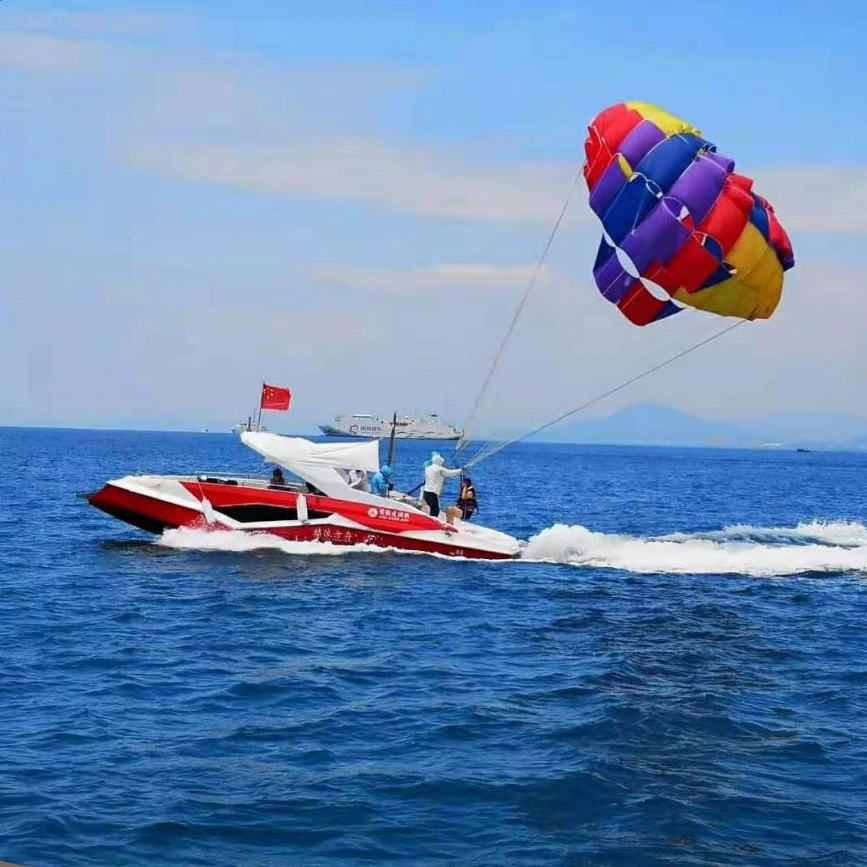Maintenance intervals for Water Sports Cars
2025-06-20
Water sports cars, a unique blend of land vehicle and watercraft technology, require specific maintenance intervals to ensure optimal performance, safety, and longevity. These amphibious vehicles, often used for recreational purposes or in specialized services, operate in both aquatic and terrestrial environments, placing greater demands on their mechanical and electrical systems. Therefore, adhering to a well-structured maintenance schedule is essential for their continued reliability.
1. Pre-Use Inspection and Routine Checks
Before every use, a quick visual inspection is necessary. Owners should check the tires, water propulsion system (such as jet drives or propellers), brakes, and steering mechanisms. Fluid levels, including engine oil, coolant, and hydraulic fluid, must be verified. Additionally, electrical systems, such as battery status and navigation lights, should be inspected to prevent malfunctions during operation.
2. Monthly Maintenance
Every month, a more thorough inspection should be conducted. This includes testing the bilge pump, inspecting seals and gaskets for water tightness, and checking for corrosion on both the hull and undercarriage. Water exposure, especially saltwater, accelerates rust and corrosion, making monthly anti-corrosion treatments vital. Tires and suspension systems should also be evaluated for signs of wear due to their dual-environment usage.

3. Quarterly Service
Every three months, a comprehensive service should be carried out. This includes changing the engine oil and filters, especially if the vehicle has been heavily used. The cooling system should be flushed, and the transmission fluid level should be checked. All moving parts, including the drive shaft and joints, should be lubricated. Furthermore, it's recommended to inspect and clean the fuel system to prevent clogs from moisture or contaminants.
4. Biannual Deep Maintenance
Twice a year, water sports cars should undergo an in-depth maintenance procedure. This involves removing marine growth from the hull, checking the integrity of the hull and any underwater sensors, and conducting software diagnostics if the vehicle includes a digital control system. The electrical wiring should be inspected for signs of saltwater damage or fraying, and the waterproof compartments should be pressure tested.
5. Annual Overhaul
Annually, a full mechanical and structural evaluation is recommended. This includes dismantling major components for detailed inspection, replacing worn or aging parts, and updating any onboard software. In saltwater environments, sacrificial anodes should be checked and replaced if depleted. Additionally, the interior of the vehicle, including upholstery and safety equipment, should be cleaned and repaired as needed.
Conclusion
Maintaining a water sports car requires a balanced approach to both automotive and marine maintenance practices. Regular inspections and service intervals are critical not only for the vehicle’s performance but also for the safety of its occupants. By following a structured maintenance schedule—ranging from daily checks to annual overhauls—owners can ensure that their water sports cars remain in prime condition, ready to perform in any environment.
As a professional manufacturer and supplier, we provide high-quality products. If you are interested in our products or have any questions, please feel free to contact us.


